-
Car Reviews
- All reviews
- Midsize SUVs
- Small cars
- Utes
- Small SUVs
- Large SUVs
- Large cars
- Sports SUVs
- Sports cars
- Vans
Latest reviews
- Car News
-
Car Comparisons
Latest comparisons
- Chasing Deals
The Ford Mustang GT Fastback could represent your last chance to buy a brand new, naturally aspirated V8 muscle car. And it’s worth your attention, because it’s awesome
After a considerable wait, the seventh-generation Ford Mustang has finally arrived Down Under. And the new V8-powered GT version is sharper, fitter and the best-handling pony car we’ve driven – even if it’s essentially no faster in a straight line than the outgoing car.
There’s also a much higher tech, more modern interior, if lobbing with a much higher price.
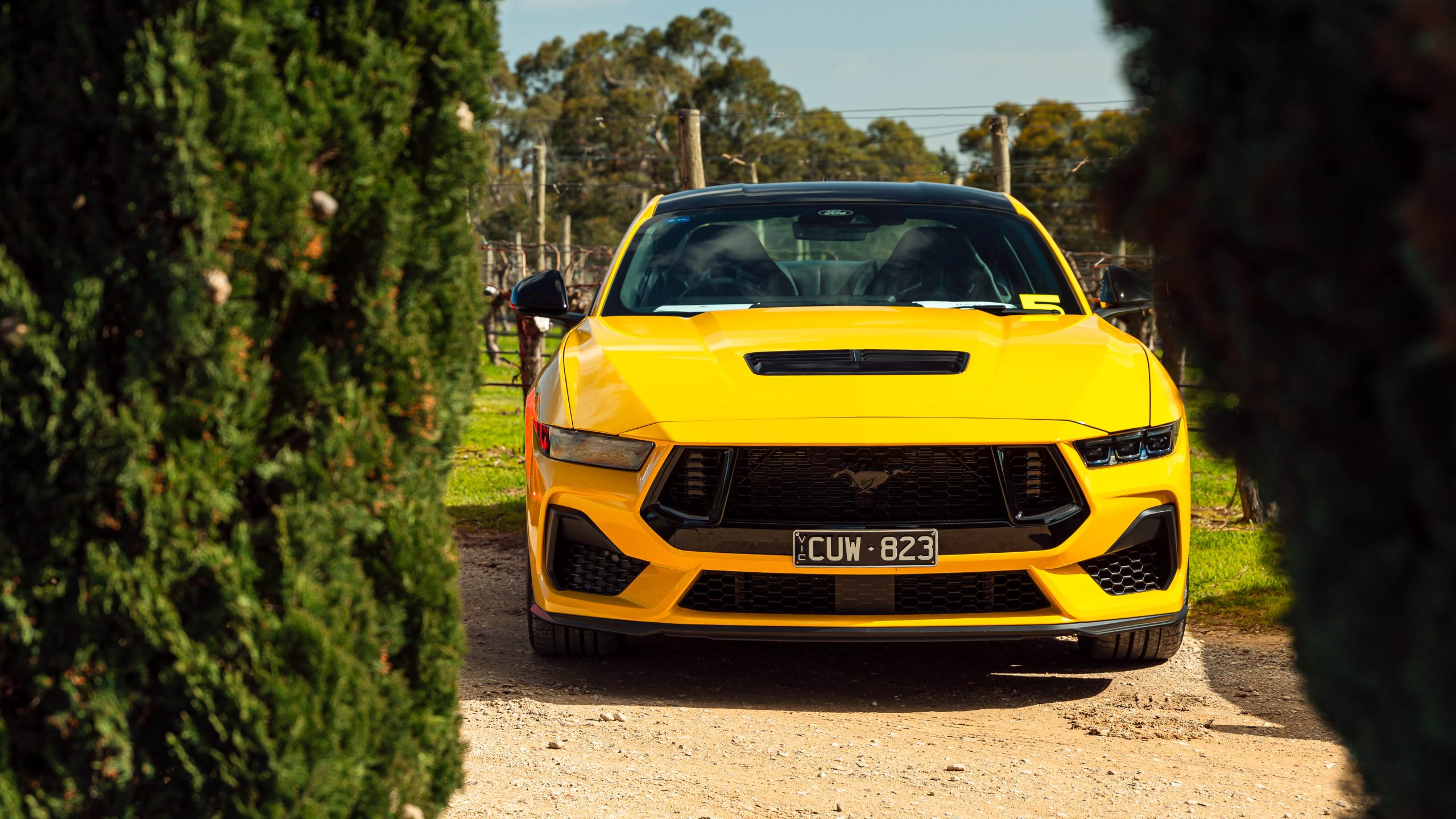
The arrival of the new, S650-generation pony car is big news in Australia given the Mustang has been the nation’s most popular sports car of recent times. Ford has sold more than 30,000 since 2015.
Ford says the S650 Mustang is “all-new”, though it uses the same chassis and underpinnings as its S550 predecessor – with new exterior panels, interior and updated powertrains. It’s at least enough to merit calling it a new generation – the seventh in a providence stretching back to 1964.
The 5.0-litre Coyote V8, which first debuted in 2011, has now reached its ‘Gen IV’ iteration. There are dual 80mm throttle bodies maximising intake airflow, a high 12.0:1 compression ratio and similarly lofty 7500rpm redline. There’s also dual port/direct fuel injection.
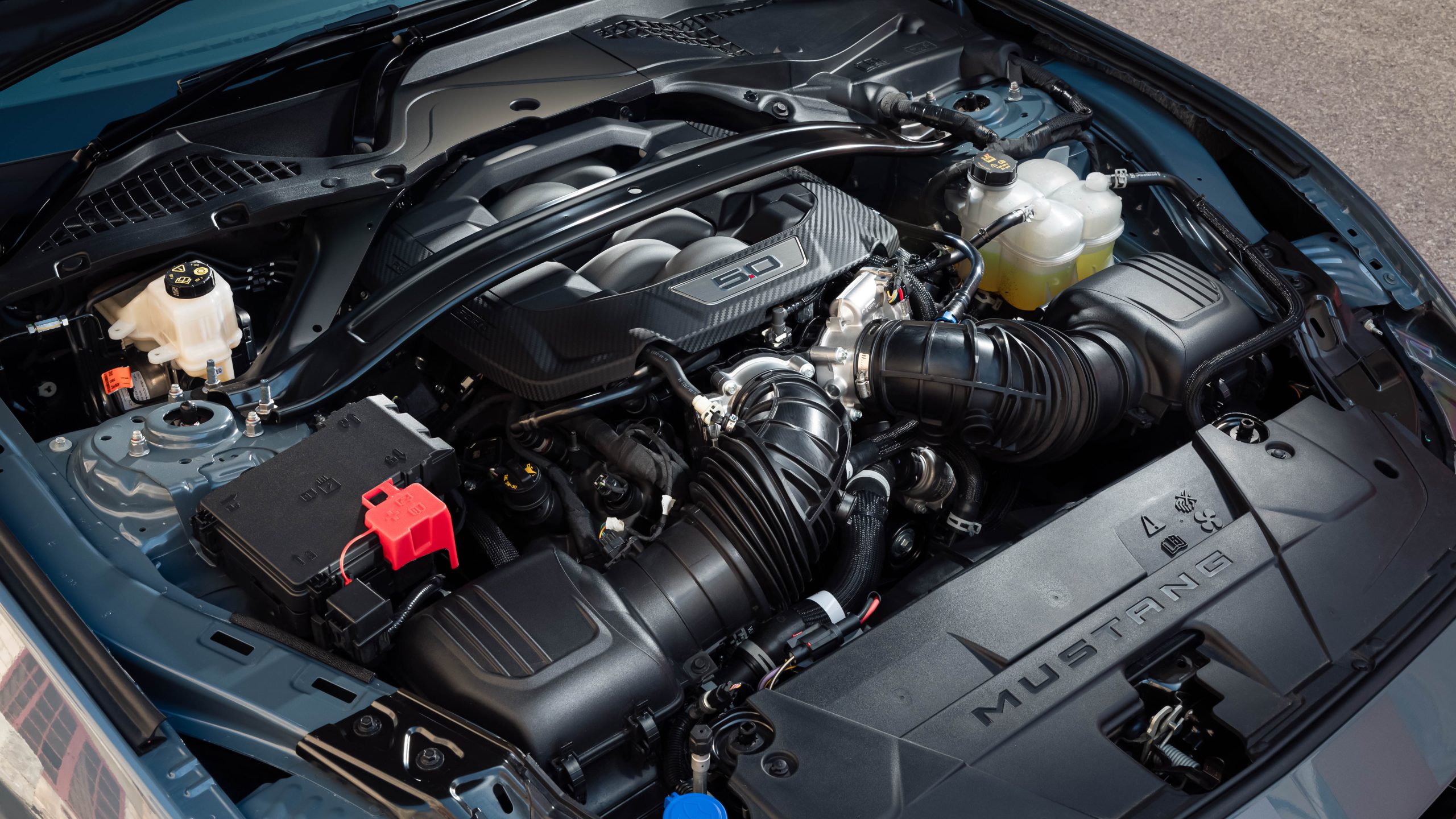
With its new engine oil cooler and four-corner Brembo brakes, Ford calls the S650 the “most track capable Mustang ever”.
As you read this, the model year 2025 Mustang will have arrived, introducing a new Bronze Appearance Pack and a new colour, Molten Magenta.
With V8 Falcons and Commodores, and even the Chevy Camaro, now extinct, the Mustang’s closest muscle-car or rear-drive sports coupe rivals are probably the 298kW/475Nm twin-turbo V6 Nissan Z ($75,800 list) or the Toyota GR Supra (285kW/500Nm, from $87,380 list).
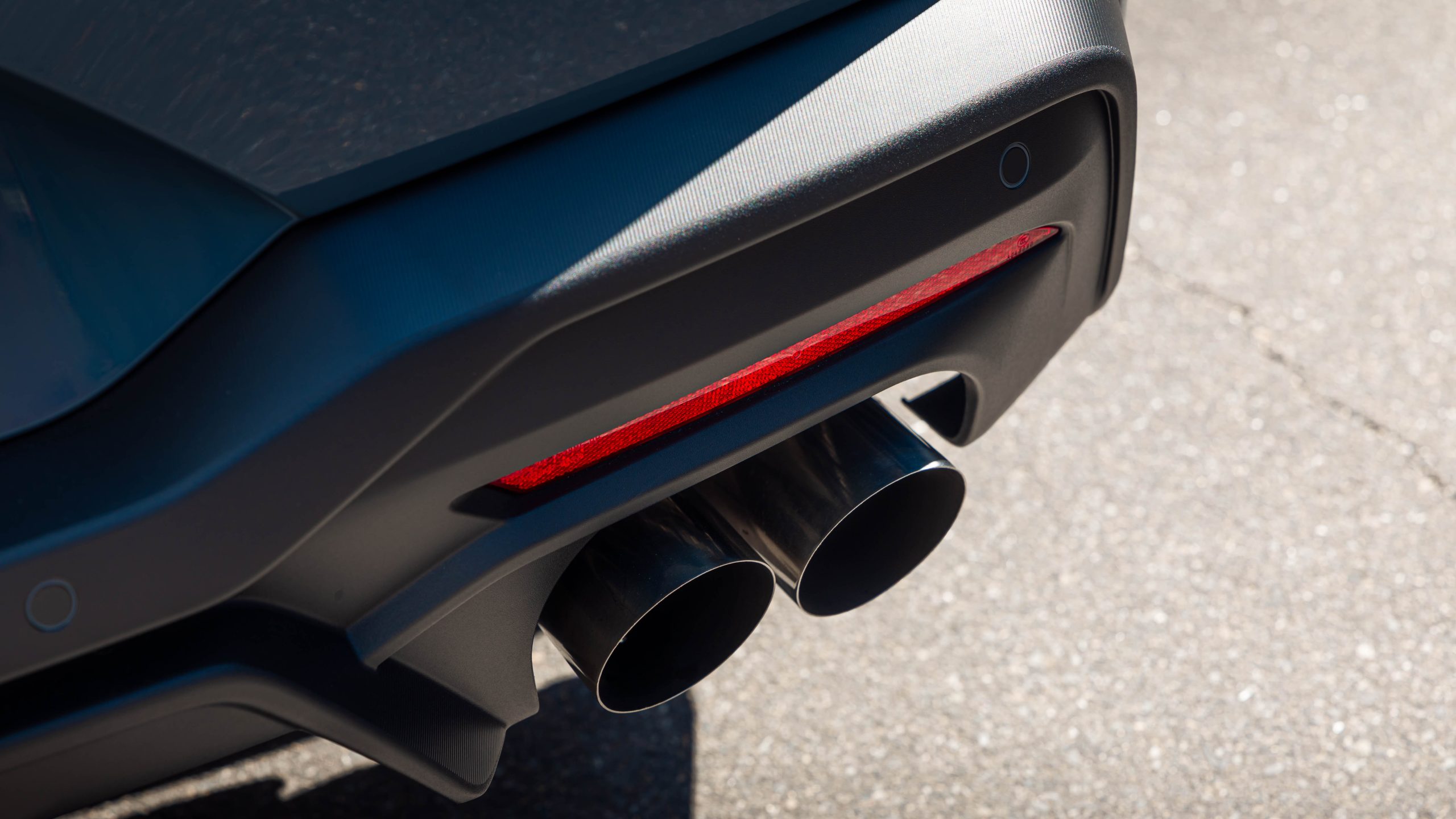
Once upon a time when a BMW M2 cost under $100,000 it also could be counted as a distant Mustang rival, but it’s now entered another stratosphere for price at $123,900 before on-road costs.
The big question with the new S650 Mustang is: does it feel different enough to the generation it just replaced? To answer that, Chasing Cars tested the updated ’Stang in South Australia, at The Bend Motorsport Park racetrack and through the twisty Adelaide Hills.
Prices have risen considerably compared to brand new Mustang models of recent times, to the point that the Reserve Bank of Australia might like to have a chat with Ford. Cars that make you smile are an essential living cost.
A GT Fastback automatic – the most popular variant – is $81,990 before on-road costs, as of the 2025 model year. Just 12 months ago, the previous-generation GT Fastback auto was $68,290, representing a considerable $13,700 increase. Ouch.
Of course, Ford would argue you get a completely updated car – and they’d be right. Although one thing you wouldn’t want to let your mates too readily know is that even though power is up six kilowatts, to a stonking 345kW, weight has increased 56kg – meaning the S650 V8 automatic has a lower power-to-weight ratio than the car it replaces, at 187kW/tonne versus 190kW/tonne.
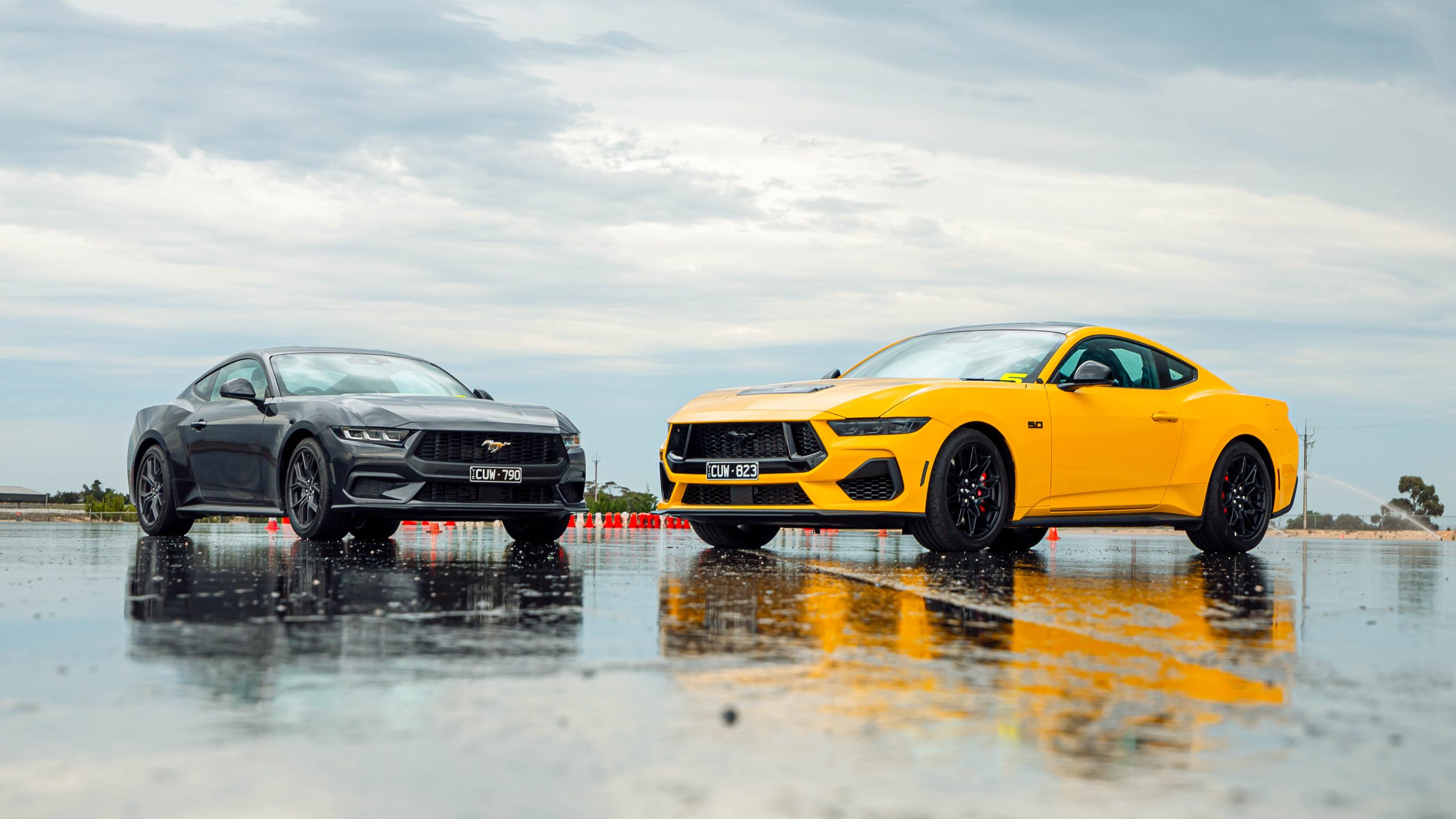
There can’t be too many times in performance-car history where a new model has gone backwards on power-to-weight compared to the one it’s replacing.
Of the S650 range, there are four Mustang models to choose from – the four-cylinder Ecoboost Fastback coupe, V8-powered GT Fastback coupe in both manual and auto, and the GT Convertible auto. We’d count the range-topping Dark Horse but all 1000 have sold out. Ford has discontinued the Ecoboost convertible.
Today, we’re testing the GT Fastback automatic. There’s plenty of standard equipment, highlights of which include:
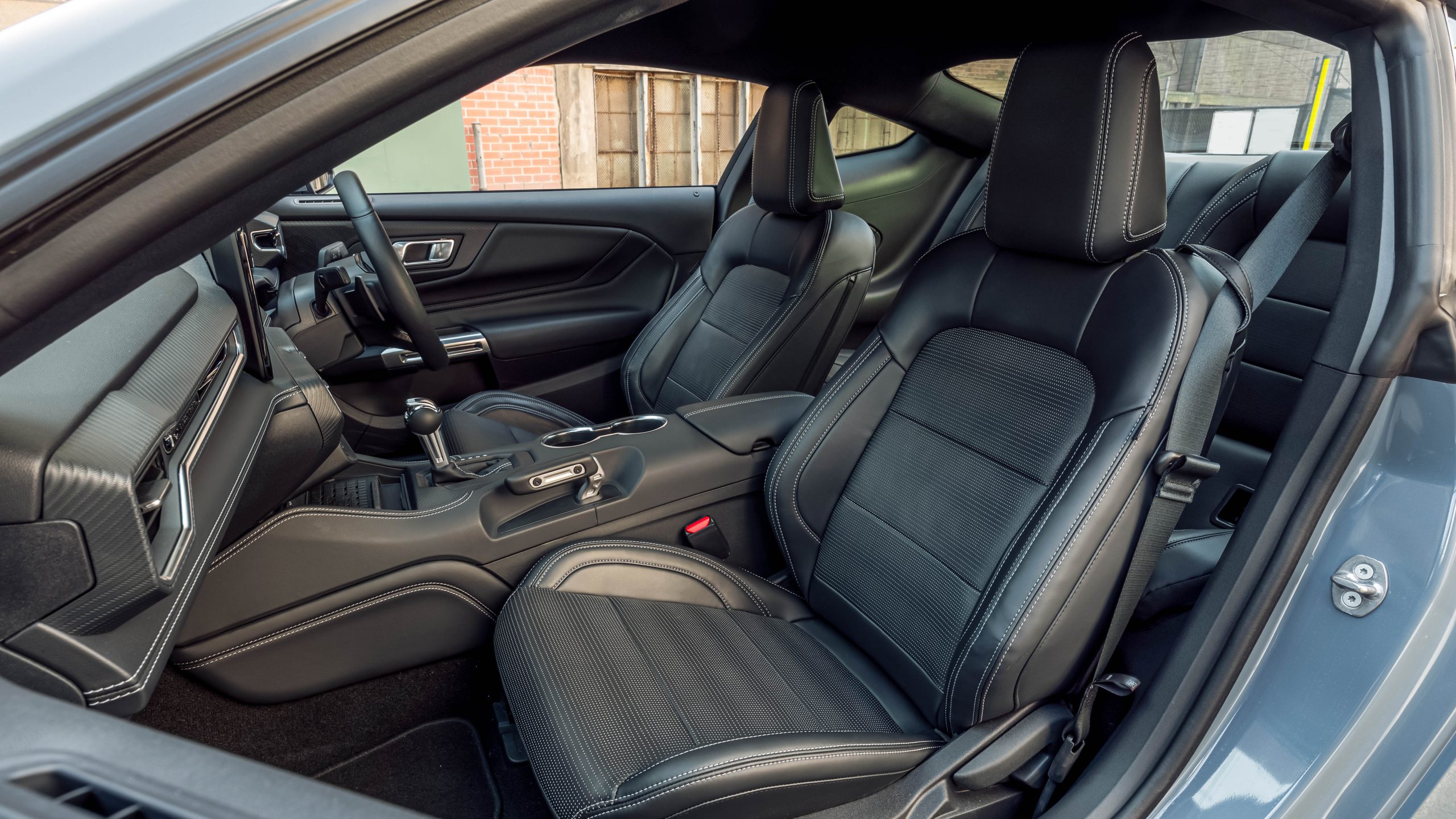
Options include:
Our test GT Fastback auto, complete with paint, appearance and suspension tweaks, nudged $100K driveaway… But while the price has risen considerably, from a standard equipment perspective an unoptioned GT doesn’t leave you wanting for much.
One equipment item to note is that the wireless phone charger is being deleted as part of the 2025 model year.
The S650 Ford Mustang is awesome to drive, oozing feel-good, V8 sports car vibes. This is a car that will put a little smile on even the gruffest of faces with every drive.
The first thing you notice, as you’d hope from a V8 sports car, is the exhaust note. Thumb the starter button and the engine grumbles to life with a burst of V8 revs, settling to a fast, crisp, purposeful idle.
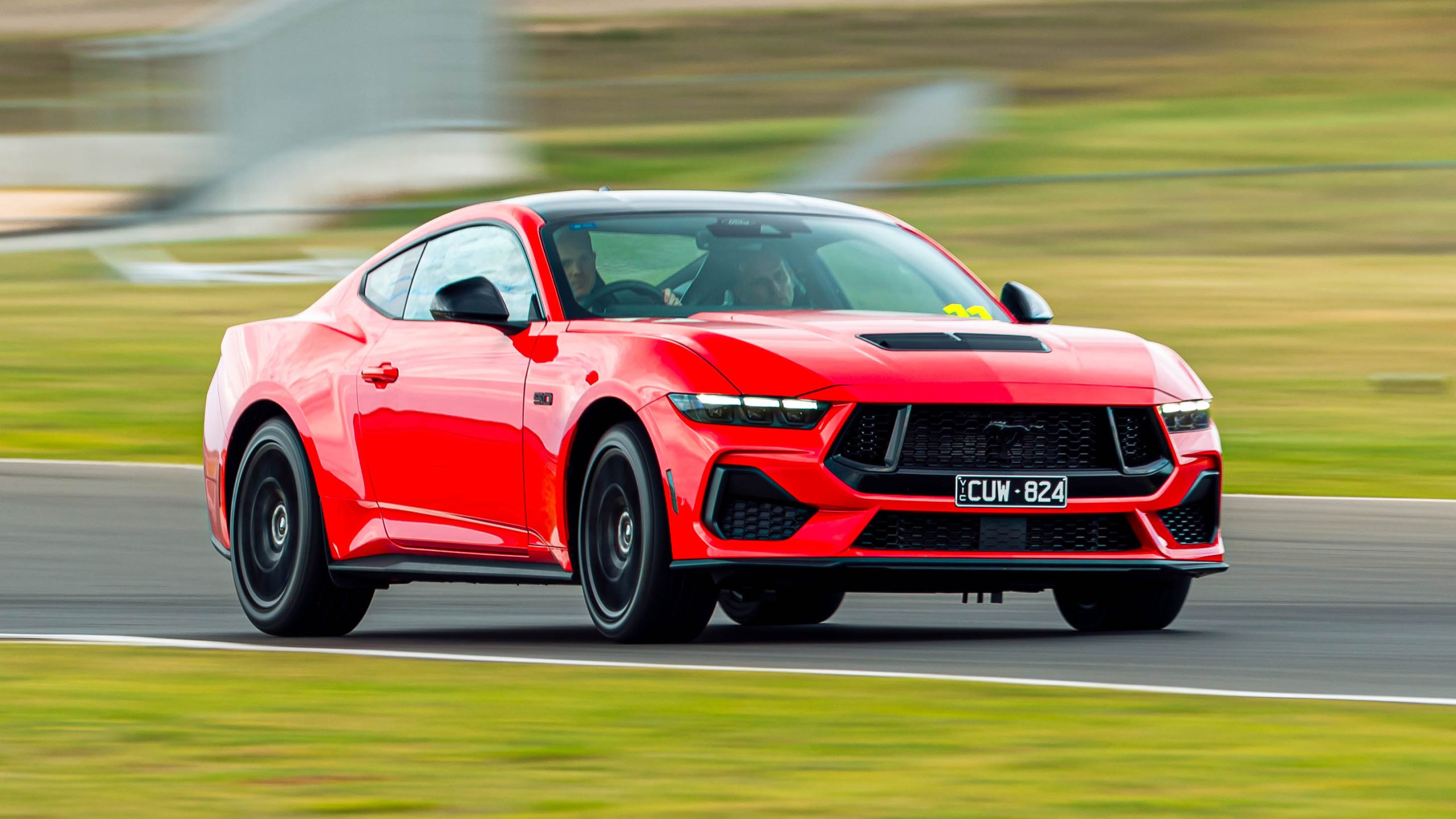
Having driven many versions of the previous Mustang, one of the very first things we notice driving the S650 Mustang is the steering. Compared to the old model, it feels so much tighter and more direct, marking a huge improvement to the overall handling experience.
In fact, find yourself on a winding road – as we did soon after taking the reins – and you’ll discover the best-handling version of the famed pony car that has ever existed, to the point you might take it to the hills simply for the sake of it.
While it hasn’t become a V8-powered Toyota GR86 overnight – it’s still ultimately a large, heavy and burly car – once upon a time something like a Ford Mustang excelled at going in a straight line, and that was about it. But that’s not the case with the regular ‘Stang anymore.
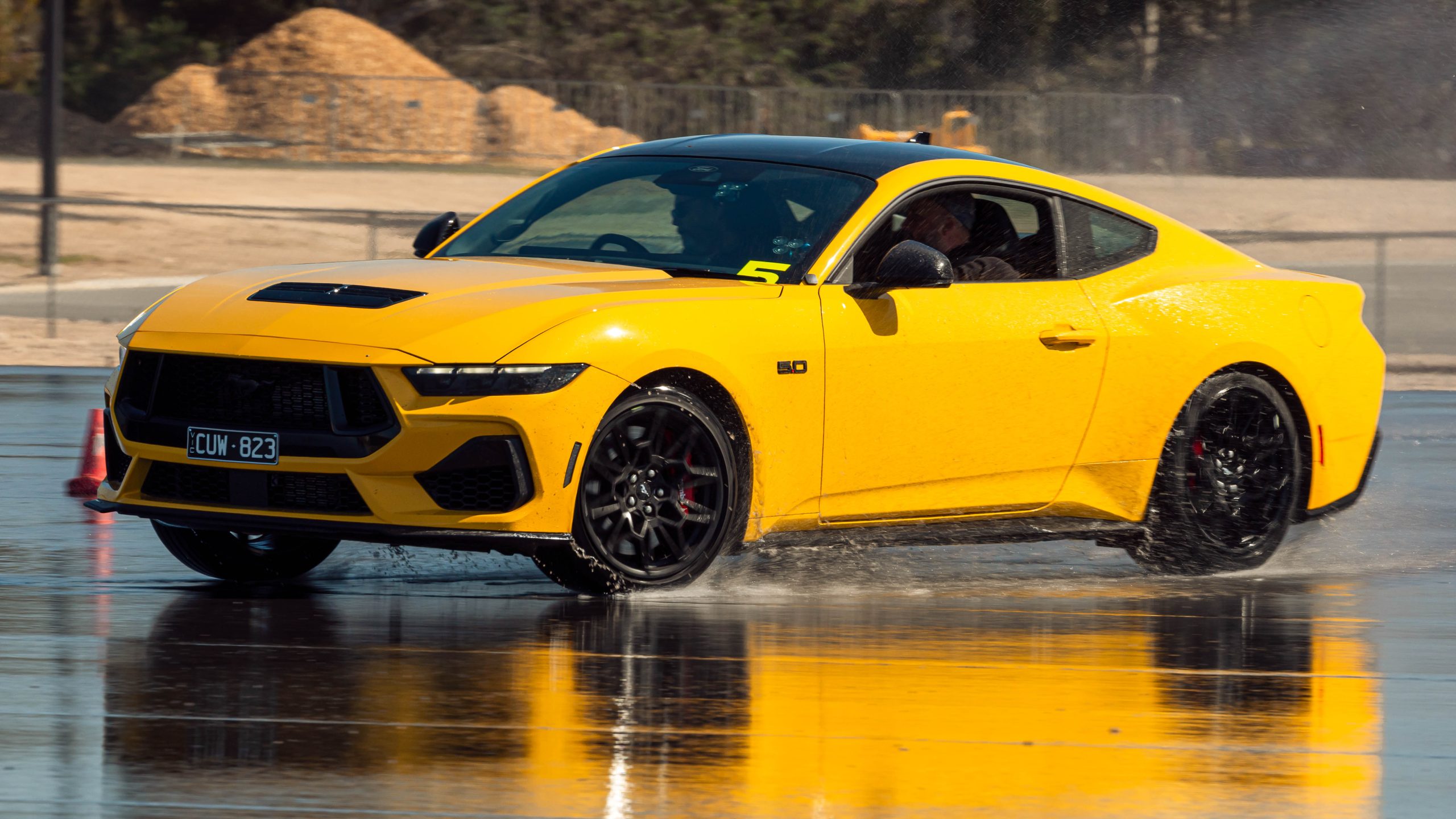
Speaking of straight lines, while the handling has improved, one thing that will feel very familiar to anyone upgrading from the old Mustang is the acceleration. Put your foot down and the Mustang rips through its tightly packed 10 gears in a blur of revs and blaring V8 engine noise – but pushing you back into the seat in about the same way.
We didn’t get a chance to test 0-100km/h or 0-400m performance at the launch, but we’d be surprised if the S650 automatic GT was meaningfully faster than its predecessor. It could be expected to do 0-100km/h in about 4.5 seconds on to a 12.5-second quarter mile, or thereabouts – hardly hanging around, but also $82K bought you a walloping, faster supercharged HSV Clubsport not that long ago.
That’s not to call the Mustang a slow car, of course, and there’s abundant power and torque to exact a bit of second-gear throttle steer out of tighter corners. And for those who are into such things, one curious new feature of the S650 is the standard fitment of an electric ‘Drift Brake’.
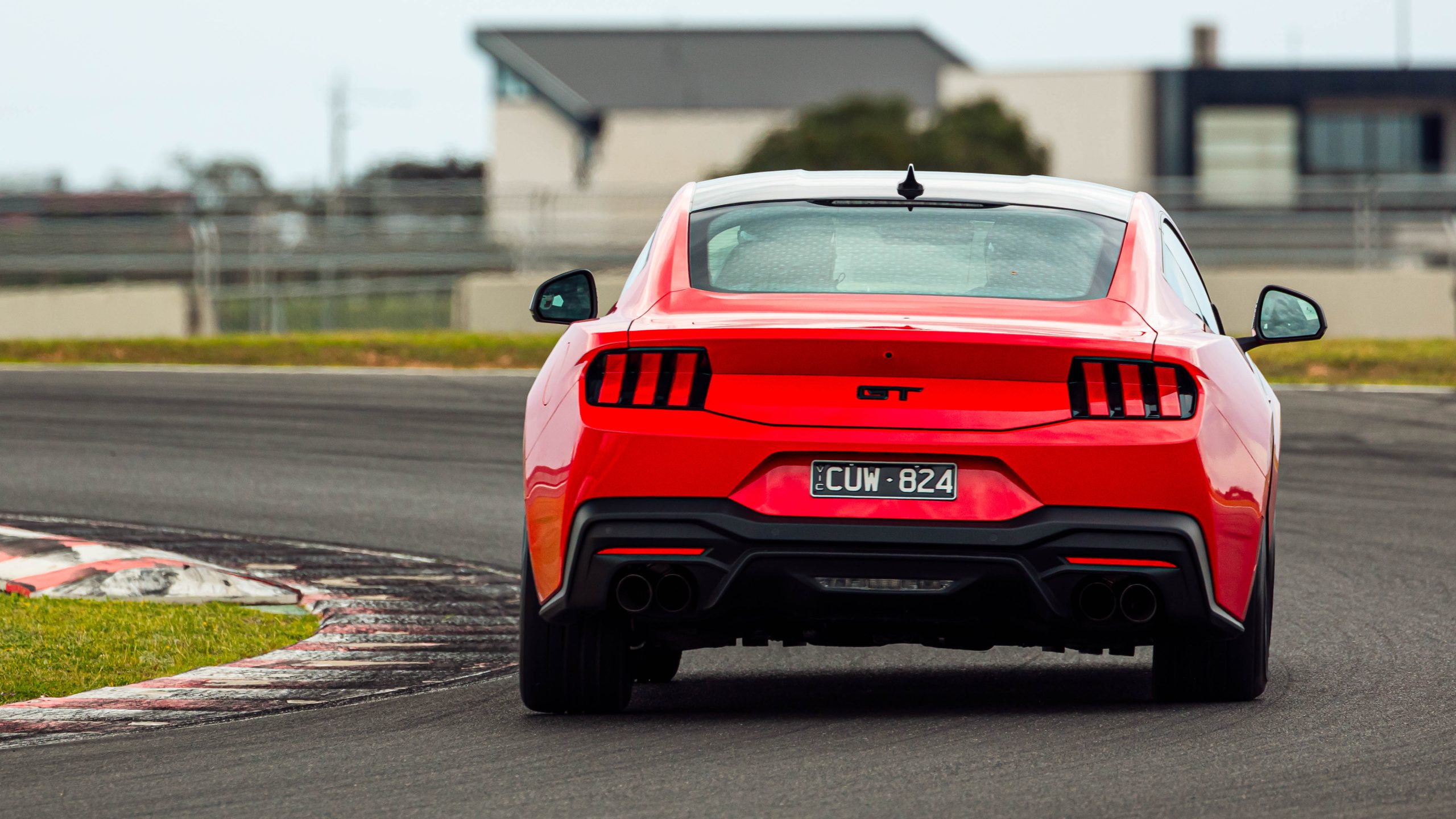
Ford has kept the same centre console of the S550 – no doubt saving a bit of money – with a newly slim and petite manual handbrake lever, with no button. But now that the S650 has an electric parking brake, Ford has kept this lever so you can electrically lock the rear wheels.
It requires activating Track Mode and tapping the ‘drift brake’ button, but it works as intended – hammer towards a witches’ hat, as we did, and pull up the lever, and the Mustang will neatly lock its rear tyres and turn on a dime. The lever itself feels a bit artificial and muted without the feel of a true hydraulic item – and it’s a bit awkwardly located (for left-hand drive). But it does the trick – and why not have a Drift Brake?
If you do like drifting – and that’s partly why you’re interested in a rear-drive, V8 coupe with a limited-slip differential – you’ll be pleased to hear the S650 is a bit friendlier than the S550, which could be a wild car to slide around. The S650 breaks away more smoothly and is easier to bring back into line, making it more fun and less scary to drift – in a closed environment, of course.
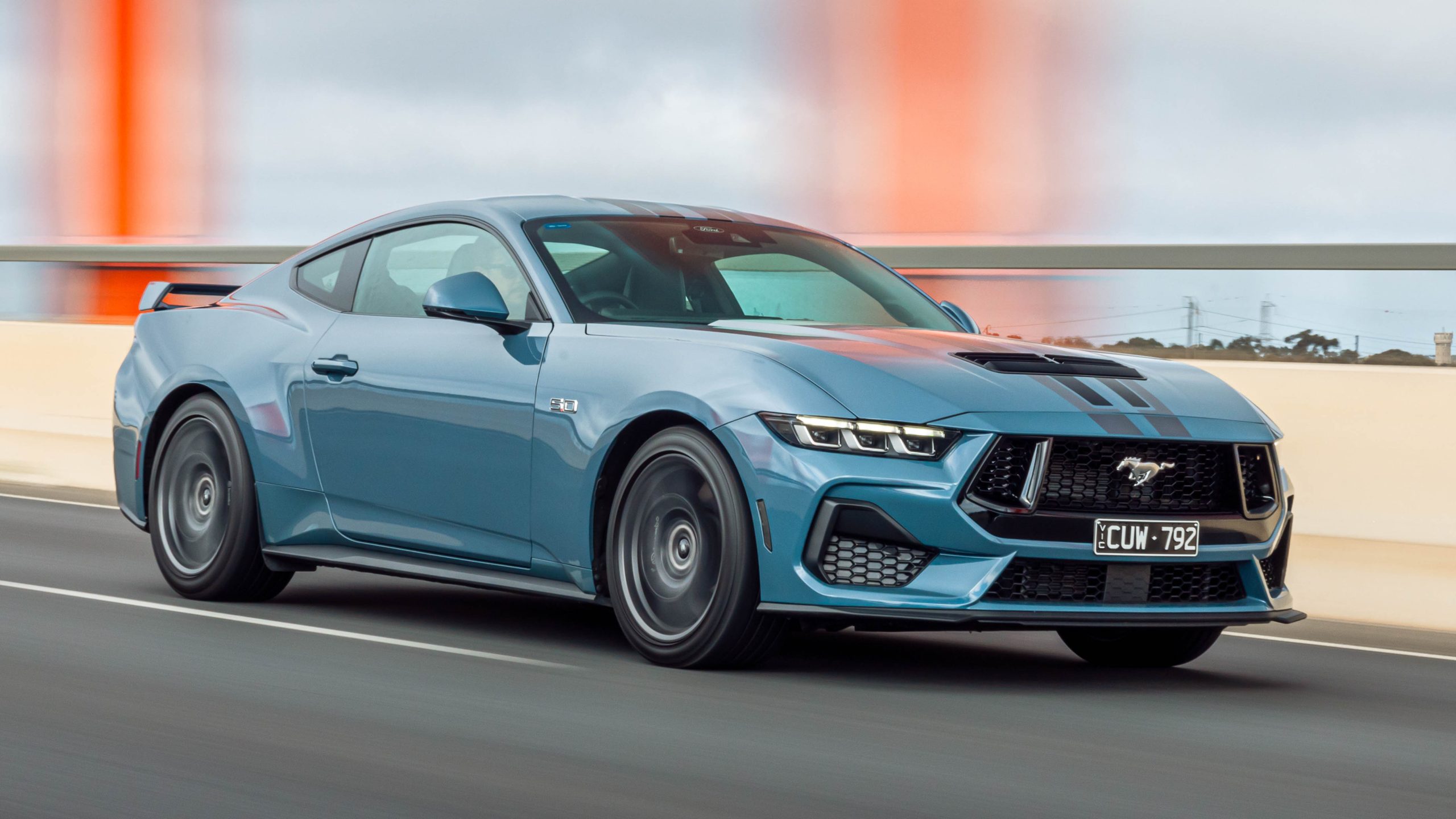
Settling back down to a gentle canter, in the urban environment the Mustang is an easy car to drive – and still fun, even at lower speeds, thanks to the omnipresent, loud V8 burble. The torque-converter automatic gifts the Mustang lovely, smooth manners just driving around in traffic.
The ride quality, meanwhile, on even the standard passive dampers is okay, to the point that upgrading to the optional Magneride adaptive dampers would be a worthwhile decision, but not an essential one.
On the motorway, the Mustang can be a noisy car. If you live in the bush and imagine yourself commuting on long stretches of 100km/h, classic coarse-chip Aussie bitumen, you might find yourself owning noise-cancelling headphones within about three months of taking delivery of your new Pony Car. Tyre-noise suppression is not an S650 Mustang strong suit.
Ford has done an excellent job modernising the Mustang’s interior. Jump from the old S550 into the new S650, and it feels like you’ve been transported in time by about 10 years.
With the seating position nice and low, and the steering wheel reasonably high, the Mustang offers a classic sports car seating position – ensconcing you within the car, like you’re about to embark on more of a mission, rather than just a drive.
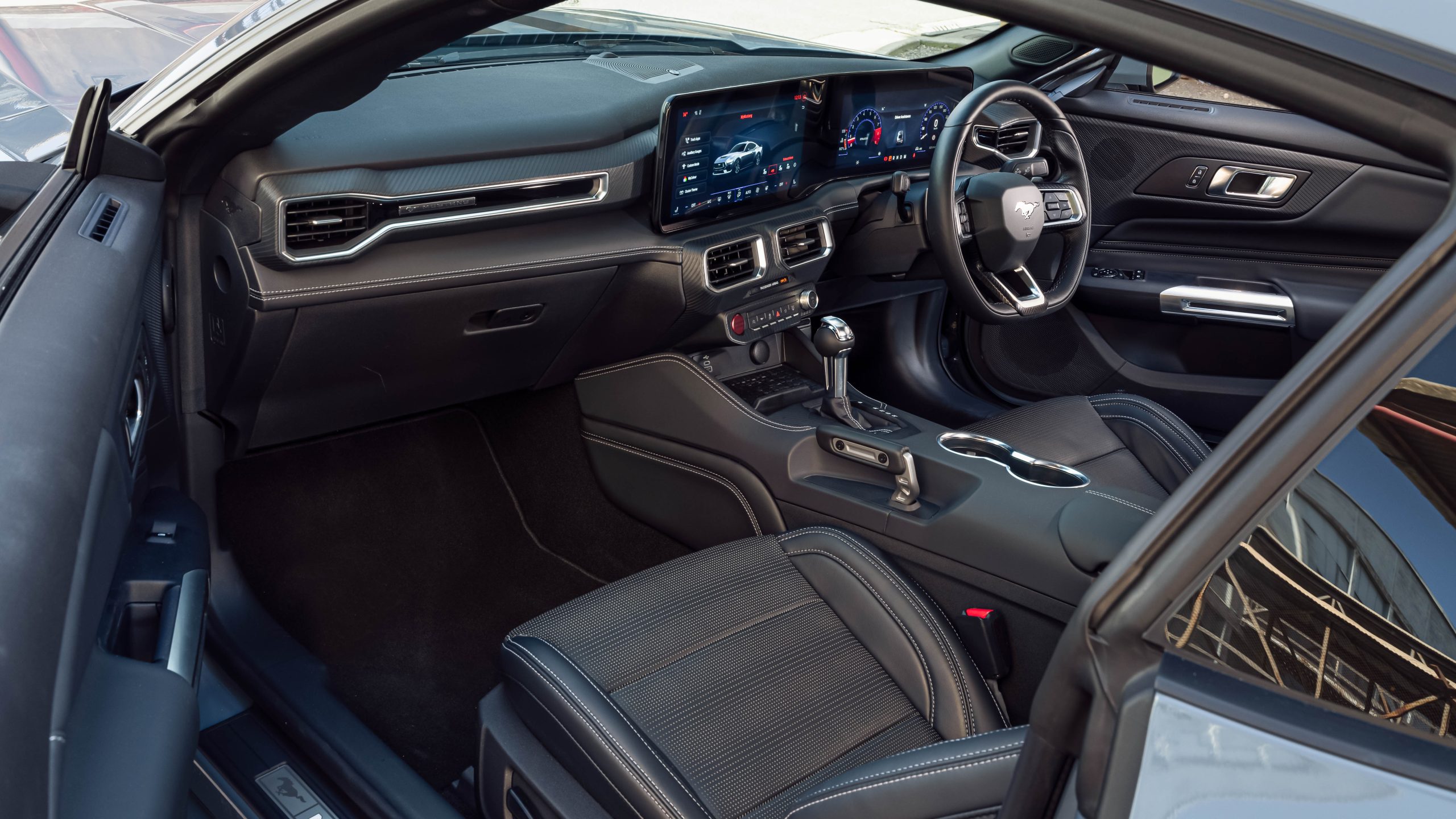
The Mustang’s interior is plainly where Ford has managed to keep the price of the car reasonably low, compared to something like a BMW-based Toyota GR Supra. While there’s leather on all the important touchpoints, there’s a general money-saving vibe about the materials used elsewhere. This is not a luxury car.
At the very least, it looks good to our eyes. The infotainment and instrument displays sit within the one bit of trim, making them look like there’s a giant panoramic screen spanning from behind the steering wheel to the centre of the dash. Very high tech.
One of our favourite features of the new Mustang’s interior is the ability to swap between various historic analogue speedometers and tachometers on the car’s digital instrument cluster. They include old-school dials from a classic, original 1960s Mustang, some retro 1980s Fox Body items, and even those of the SVT Cobra from 1999.
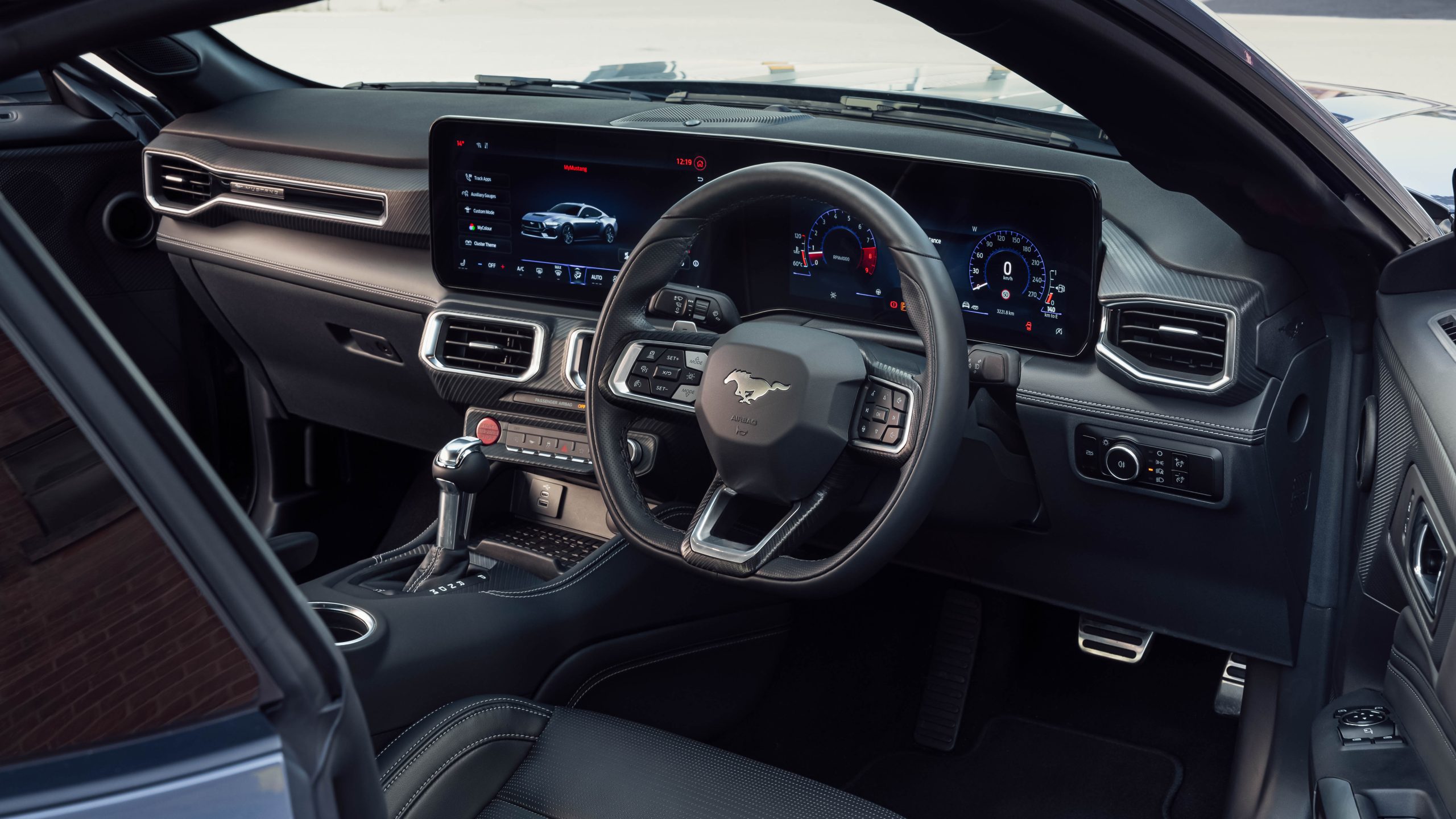
This somewhat softens the blow of a Mustang without analogue instruments for the first time in its history. Some might also find it irksome that the air-conditioning controls have moved into a touchscreen, but it’s not like the budget-feeling hard buttons and dials of the previous car were anything too memorable.
Front-row occupants are treated to plenty of space, while the front seats are comfortable enough. The optional Recaros are very tight and supportive – a must-get for track days, but if you’re a bigger unit, it’s highly recommended you sit in them before ticking the options box.
The back seat continues to be a cramped place for adults, making the Mustang more of a two-plus-two than a four-seater. The boot, however, is almost sedan-esque in its size, meaning the Mustang can gobble up a long weekend’s worth of luggage with ease. The rear seats are a 50/50 split-fold, while there are two sets of Isofix points on the rear outboard seats.
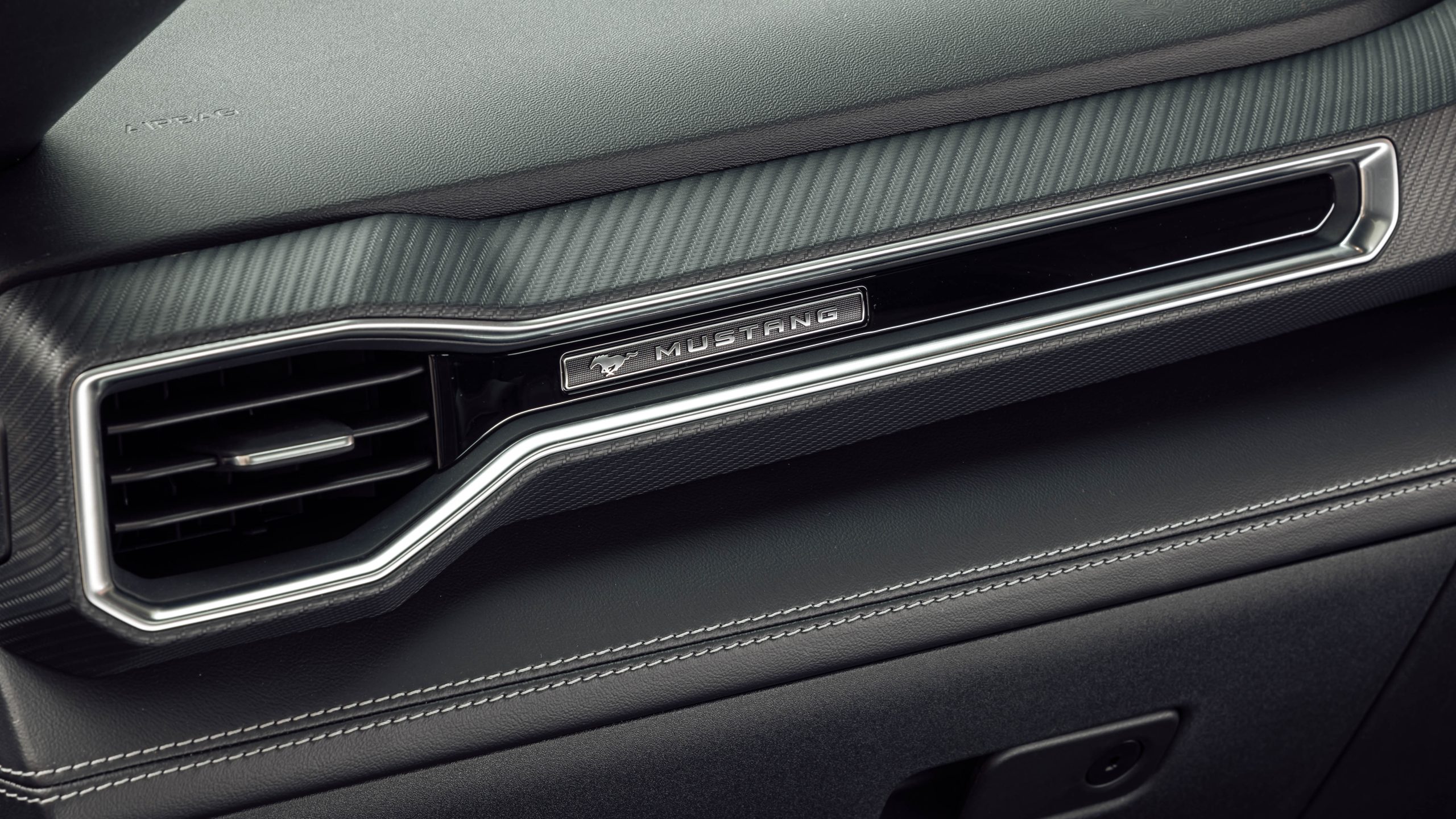
There is no spare wheel – just a puncture repair kit.
We had some minor build-quality concerns of the Mustang test vehicles we drove, several of which had various minor interior rattles – keeping in mind that these are brand new cars. One GT automatic we drove had a noticeably loud rattle coming from the digital instrument cluster trim on certain, harsher bits of 100km/h country road. That would be a bit of a bummer for us if we had just bought the car.
The Ford Mustang GT Fastback is a safe car, even if it hasn’t been independently crash-tested by the local Australasian New Car Assessment Program (ANCAP) or its European equivalent, Euro NCAP.
Earlier versions of the Ford Mustang – built on the same platform – were infamously awarded two and then three stars in crash-testing in 2017, with demonstrable safety deficiencies relating to side-impact protection of children riding on booster seats in the second row. We’re eager to see if Ford has addressed these crash-safety concerns with the S650 generation.
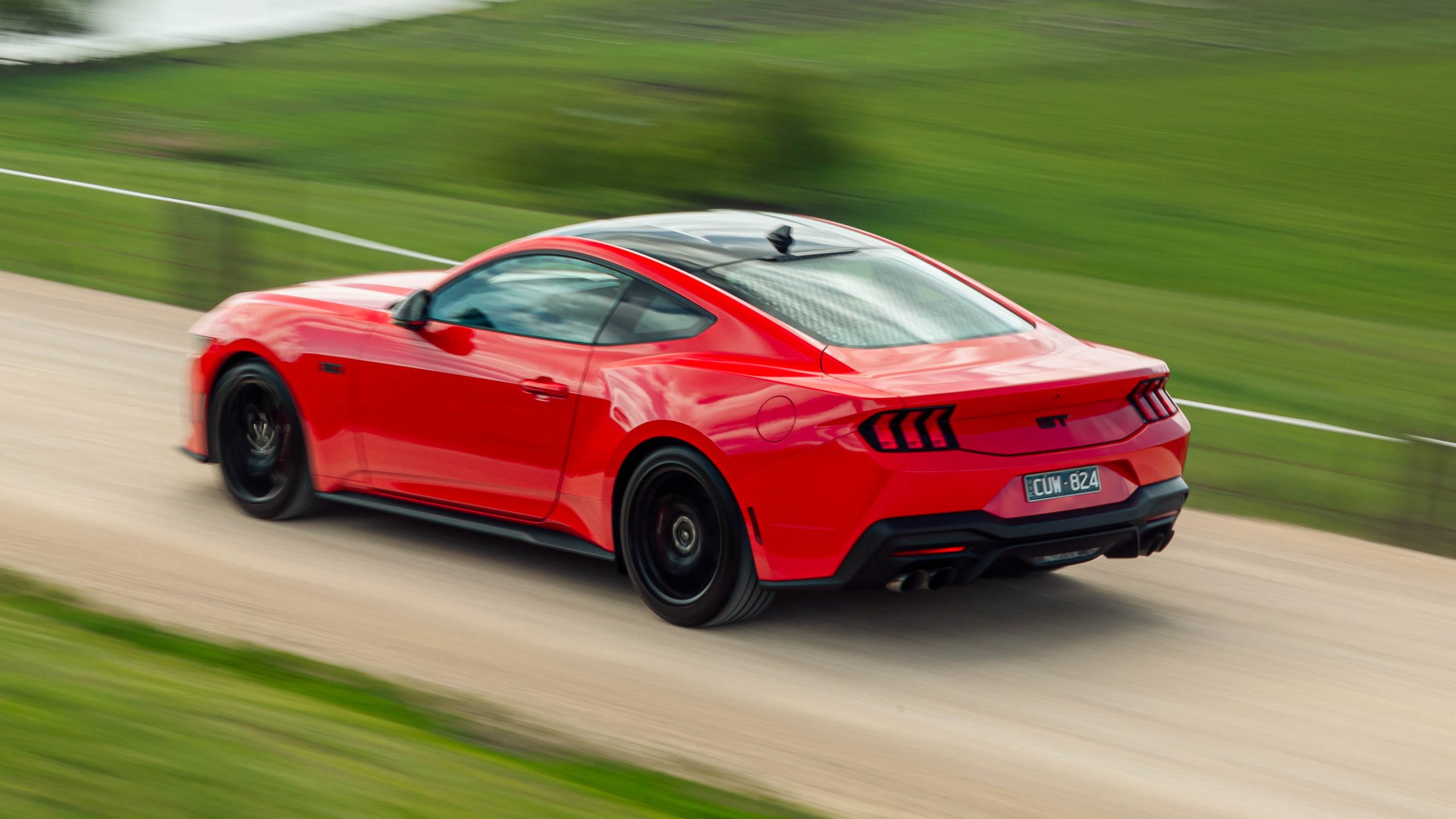
The S650 has brought the Mustang up to date for several active-safety features. It comes with the following safety equipment as standard:
As the Mustang comes with standard connectivity, in an accident it can automatically connect you with an emergency call centre to check if you need assistance – a reassuring feature to have.
The Mustang will be an expensive car to own and run compared to your typical passenger vehicle. For the GT Fastback auto, Ford quotes combined fuel consumption of 12.8L/100km using the ADR81/02 fuel efficiency cycle.
During the local Mustang launch, various V8 test cars recorded 8.8L/100km on extended 100km/h motorway stretches and closer to 11.0L/100km just driving around the city and ’burbs. As for the consumption, if you’re enjoying the car at a track day or in the countryside, expect figures easily beyond 25.0L/100km.
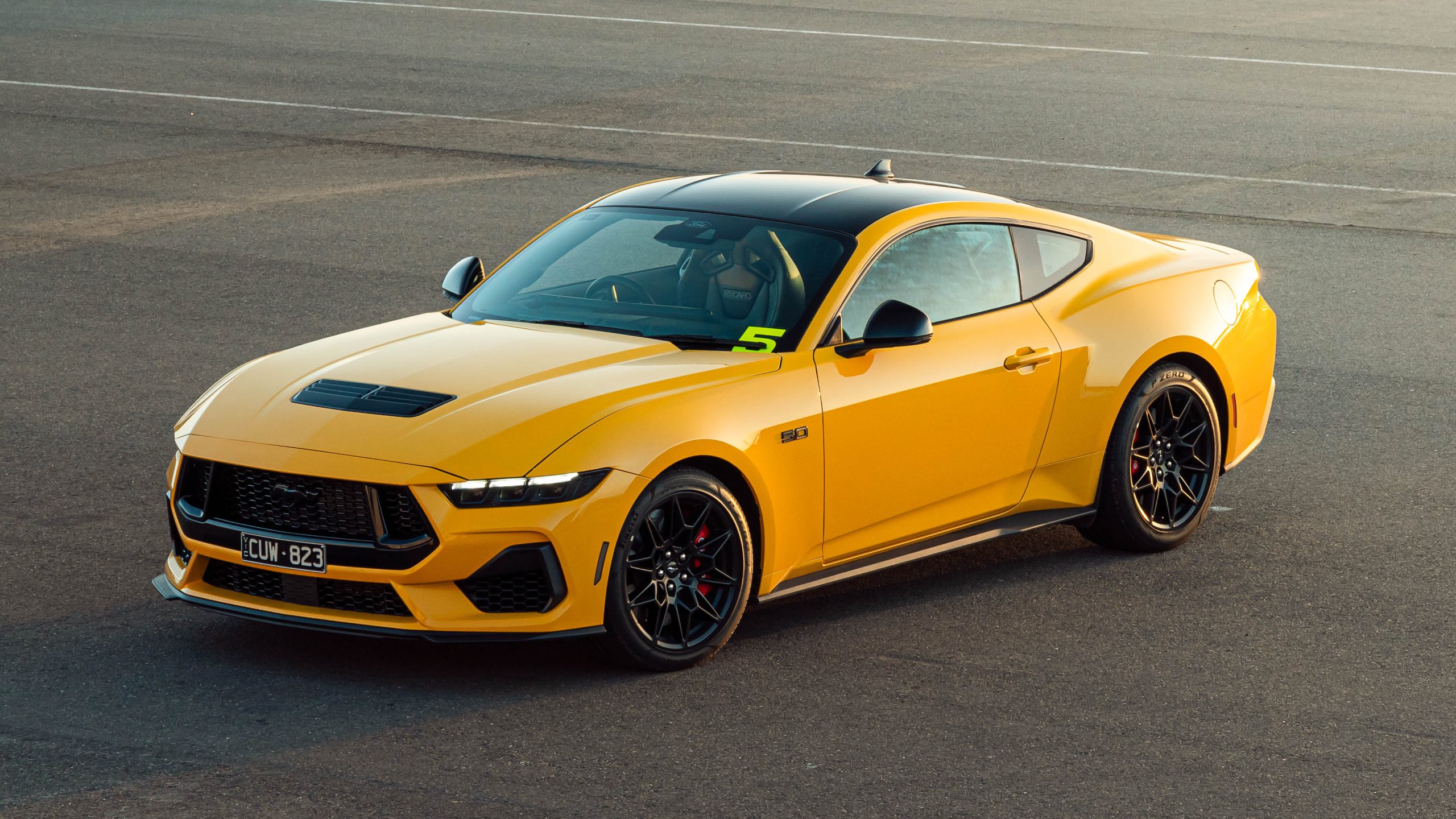
As the V8 requires premium 98RON petrol, the 61-litre fuel tank will be financially painful to fill – but at least its larger size means fewer overall visits to petrol stations. At $2310 over five years, servicing is reasonably affordable – and potentially well-priced by performance car standards. Intervals are every 12 months or 15,000km.
From a depreciation point-of-view, if you intend to hold on to your Mustang for 10 years or more, you might do well from a resale perspective. The V8 version might even go up in value.
Something else to consider is tyres. A set of four replacement 19-inch Pirelli P Zero tyres for the Mustang GT will cost you around $2000.
We love the new Mustang – and how could you not? It looks awesome, sounds wicked, drives very well and is oozing feel-good vibes. It’s just fun, and cars should be fun.
It’s also demonstrably better than the car it just replaced – Ford taking the existing S550 Mustang and giving it the refresh it needs, including tightening up the handling in a very nice way.
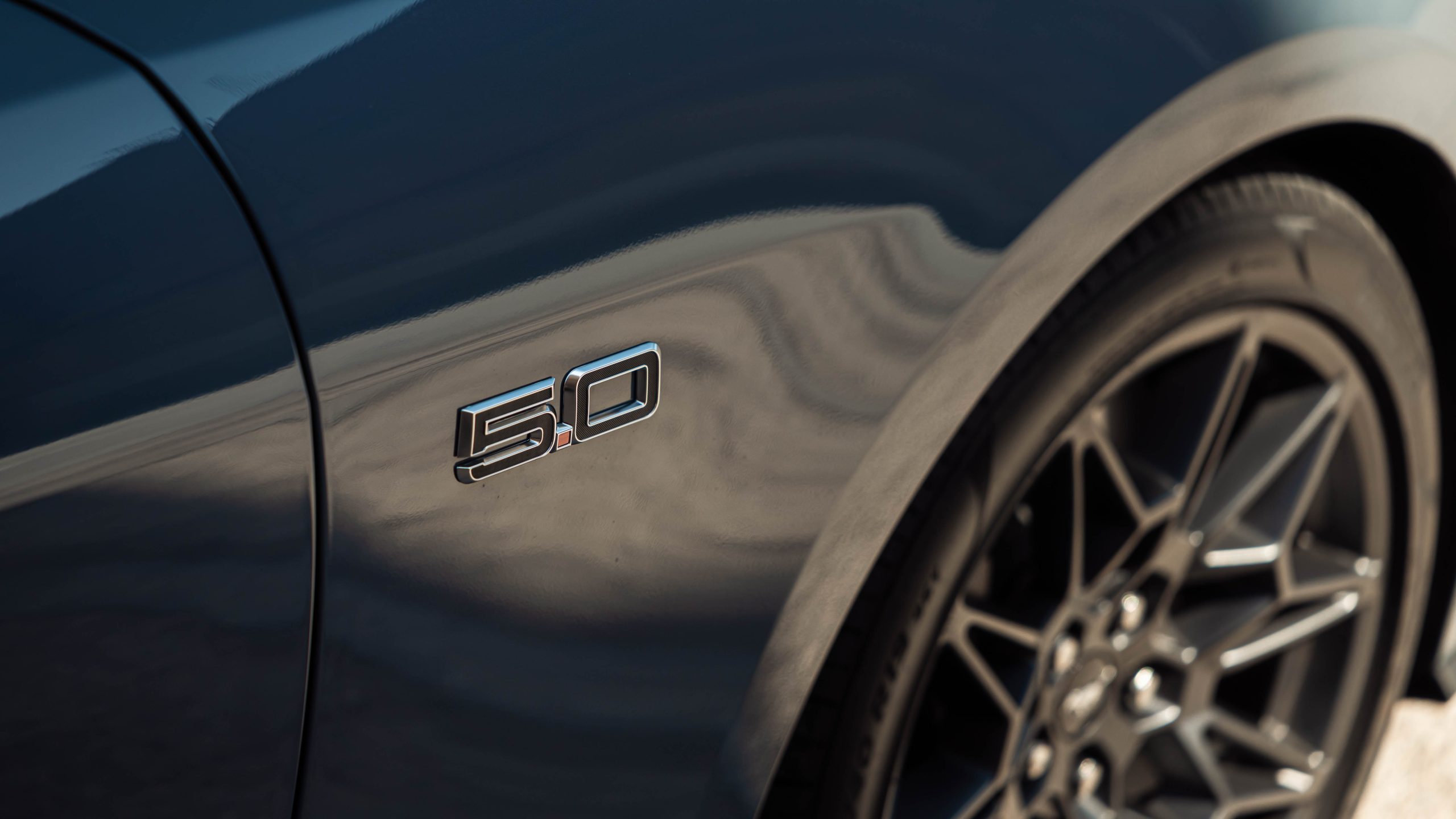
And that’s despite not feeling any faster, with an interior that still feels a bit budget, especially for the increased price. Add a few options and this is a $100,000 driveaway proposition – nudging into premium territory. If your second car is anything with a German badge, getting into the Mustang will feel like getting into a Ranger.
In the grand scheme of things, however, who cares? There’s no more Ford Falcon XR8 or FPV GT, no Holden Commodore SS or HSV Clubsport. Even in the Mustang’s USA home, the Chevrolet Camaro – its traditional foe – is nearing its end, while the Dodge Challenger has gone all-electric (for now). Which is heresy.
In a sense, it’s miraculous you can even still buy a 5.0-litre naturally aspirated V8, rear-drive sports coupe, brand new, in 2024. If you’ve always wanted a car like this, best not wait another five years to make it happen.
Key specs (as tested)
About Chasing cars
Chasing Cars reviews are 100% independent.
Because we are powered by Budget Direct Insurance, we don’t receive advertising or sales revenue from car manufacturers.
We’re truly independent – giving you Australia’s best car reviews.
The estimate provided does not take into account your personal circumstances but is intended to give a general indication of the cost of insurance, in order to obtain a complete quote, please visit www.budgetdirect.com.au. Estimate includes 15%^ online discount.
^Conditions Apply
Budget Direct Insurance arranged by Auto & General Services Pty Ltd ACN 003 617 909(AGS) AFSL 241 411, for and on behalf of the insurer, Auto & General Insurance Company Limited(ABN 42 111 586 353, AFSL 285 571).Because we don’t know your financial needs, we can’t advise you if this insurance will suit you. You should consider your needs and the Product Disclosure Statement before making a decision to buy insurance. Terms and conditions apply.
Indicative quote based on assumptions including postcode , 40 year old male with no offences, licence suspensions or claims in the last 5 years, a NCD Rating 1 and no younger drivers listed. White car, driven up to 10,000kms a year, unfinanced, with no modifications, factory options and/or non-standard accessories, private use only and garaged at night.
^Online Discounts Terms & Conditions
1. Discounts apply to the premium paid for a new Budget Direct Gold Comprehensive Car Insurance, Third Party Property Only or Third Party Property, Fire & Theft Insurance policy initiated online on or after 29 March 2017. Discounts do not apply to optional Roadside Assistance.
2. Discounts do not apply to any renewal offer of insurance.
3. Discounts only apply to the insurance portion of the premium. Discounts are applied before government charges, taxes, levies and fees, including instalment processing fees (as applicable). The full extent of discounts may therefore be impacted.
4. We reserve the right to change the offer without notice.